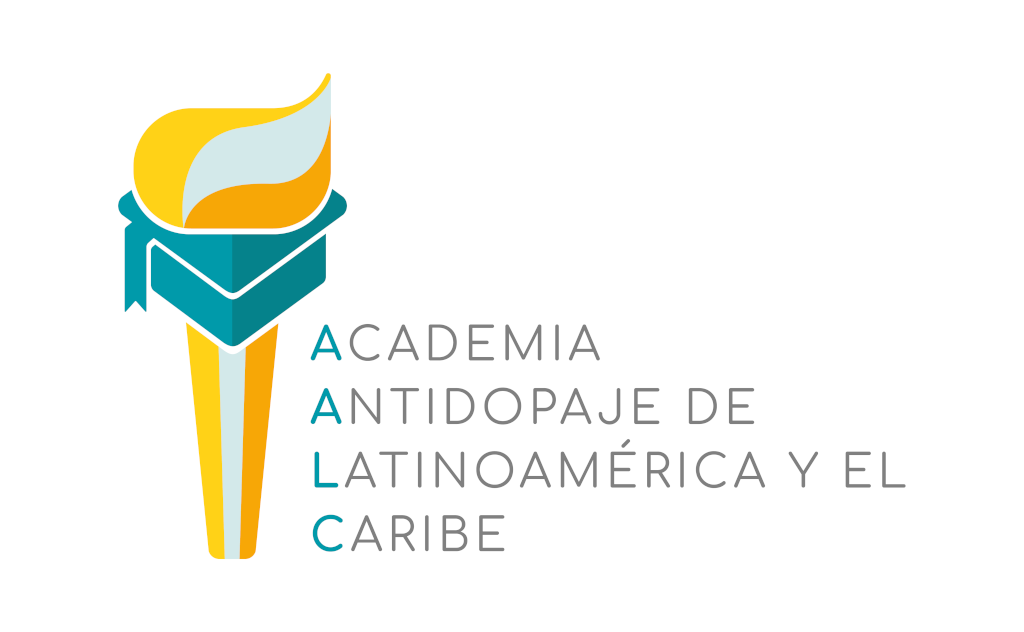- 4 Sections
- 24 Lessons
- 5 Days
- Module 1. Essential foundations for building an Anti-Doping Program¿Te has preguntado alguna vez por qué la educación en antidopaje es fundamental en el mundo del deporte? Te damos la bienvenida a esta lección, donde conocerás 4 temas de gran relevancia para la creación de un programa educativo antidopaje ¡Sigamos adelante!8
- 1.1Lesson 1. The importance of an anti-doping educational program
- 1.2Lesson 2. Education as a key to the anti-doping program
- 1.3Lesson 3. The athlete’s career
- 1.4Lesson 4. The Four Components of an Educational Program | First Themes
- 1.5Lesson 4. The Four Components of an Educational Program | Second Themes
- 1.6Lesson 4. The Four Components of an Educational Program | Third Themes
- 1.7Evaluation | Module 1
- 1.8Module 1 Evaluation15 Minutes6 Questions
- Module 2. Designing for clean sport: Planning an educational programBefore beginning to create an educational program, it is necessary to conduct a self-assessment to determine the best way to create an educational program, always considering specific needs.14
- 2.1Designing for clean sport: Planning an educational program
- 2.2Lesson 1. Diagnosis: evaluation of the current situation
- 2.3Task 1. Making a Diagnosis30 Minutes
- 2.4Lesson 2. Establishment of common education group
- 2.5Task 2. Establishing my Education Groups.30 Minutes
- 2.6Lesson 3. Design and development of the Educational Plan | Evaluation and Global Goals
- 2.7Tarsk 3. Assessing Needs and Creating my Overall Goal.60 Minutes
- 2.8Lesson 3. Design and Development of the Educational Plan | Themes and Objectives
- 2.9Task 4. Defining Program Objectives and Themes.2 Hours
- 2.10Lesson 3. Design and Development of the Educational Plan | Learning Objectives and Planning
- 2.11Task 5. Learning Objectives and Educational Activities.2 Hours
- 2.12Lesson 3. Design and Development of the Educational Plan | Consignment and Procedures
- 2.13Task 6: Establishing Monitoring and Evaluation Procedures3 Hours
- 2.14Lesson 3. Design and Development of the Educational Plan | Share with interested parties
- Module 3. The Implementation of the anti-doping educational programIn this module, we will talk about the elements to take into account when designing the learning experience, about how people learn and what helps or hinders the learning process.7
- 3.0The Implementation of the Anti-Doping Educational Program.
- 3.1Lesson 1. Design of the Learning Experience.
- 3.2Lesson 2. Value-based education
- 3.3Lesson 3. How to implement the 4 components in the athlete’s career.
- 3.4Lesson 4. Session Plan Creation
- 3.5Evaluation Module 3 | Knowledge Quiz10 Questions
- 3.6Evaluation Module 3 | Knowledge Quiz
- Module 4: Supervision and evaluation of the anti-doping educational programIn this module, we'll talk about the data you can collect to measure whether your program is meeting its objective or whether any part of it needs to be restructured.4
Lesson 1. Design of the Learning Experience.
Education has evolved, moving away from traditional lectures. Learning experiences are now participant-centered, creating interactive and engaging environments.
Nowadays, when talking about learning, it is important to consider:
1) How people learn.
2) The environment where the learning will take place.
3) People who are learning.
4) Learning tasks.
Taking these points into account will allow you to adapt your methods, create immersive experiences and connect effectively with each athlete, designing meaningful and relevant activities aligned with current learning needs.
Let’s see a little more about each of these points through the following interactive, Let’s get started!
Very good! With what you have reviewed, answer the following question:
Excellent!
In this lesson, we explore the cognitive and affective domain, understanding their influence on information processing. We also discuss how physical space affects learning and share ideas to improve group dynamics. We address learning styles and considerations for students with special needs. Finally, we explore activities and dynamics to implement in our course.
We are ready to move on to the next lesson.
Let’s go there!
